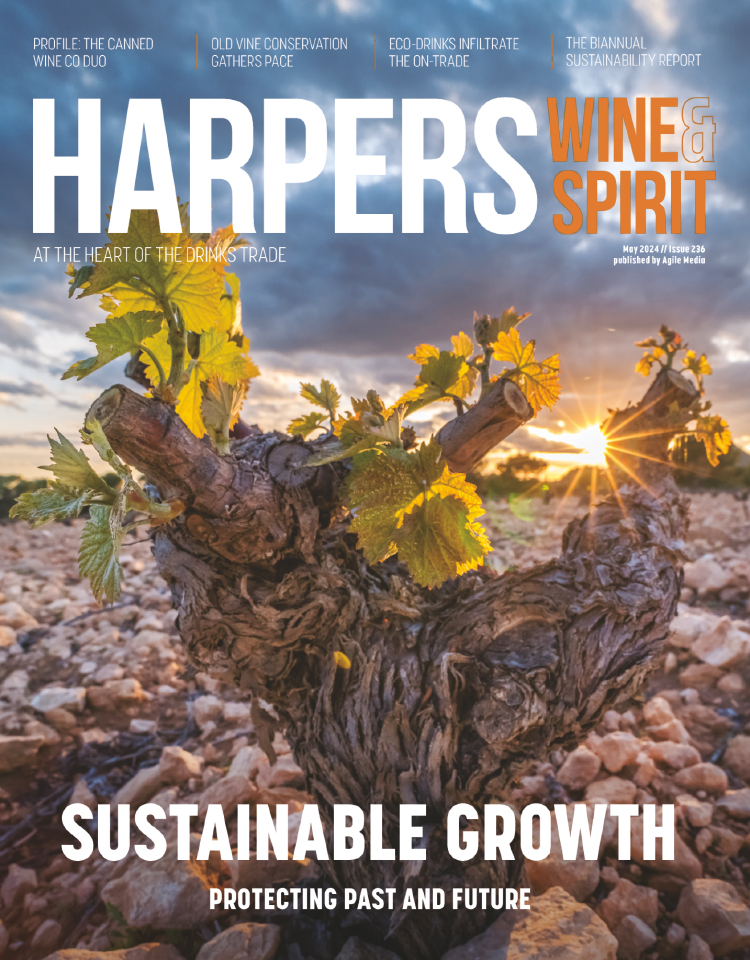The unsung heroes
The London International Wine and Spirits Fair can be a trauma for Italian wine lovers. When you see how hidden away the Italian exhibitors are, you feel almost ashamed for the Bel Paese. The stands seem drab and lifeless, and you feel that, just as in the bad old days, their bored inhabitants would have their feet up with a cigarette in their mouth and a newspaper protecting them from importunate customers - if such behaviour were tolerated.
By contrast, there seems such a bustle and enthusiasm about the New World stands. One understands how Italy has slipped from second to fifth place among nations vying for shelf-space in Britain's wine-shops and supermarkets.
Yet, we must not yield to negativity. There is plenty of Italian vinous interest to be found in that hall, if you only go hunting for it. Forget, for a moment, the Barolos, Chianti Classicos, SuperTuscans, Amarones, Aglianicos, Pinot Grigios, Soaves and Orvietos. Here are some alternative gems to keep an eye out for.
First of all, Italian rosato. There is a lot of fuss made about French and New World ross these days, but Italy can do pink at least as well as, if not better, than its rivals - and at interesting prices. Puglia's Negroamaro, for example, makes a lip-smacker.
Indeed pink is the colour Puglia founded its quality reputation on in the mid-20th century, when its reds - deeply coloured, highly alcoholic gut rot - were being sent by the shipload to France and other points west, to say nothing of what ended up (and still does?) in some of the aforementioned classics. Other interesting rosati are Abruzzo's fruity Montepulciano 'Cerasuolo', Garda's delicate Bardolino 'Chiaretto' and Alto Adige's sturdy Lagrein 'Kretzer'.
A light red to try is Piemonte's semi-sparkling, sweet and Muscat-like Brachetto as well as the pale, undeniably different Grignolino, with its vegetal/ savoury flavour and very low tannins. Alto Adige's much-maligned Schiava/Vernatsch variety can also make light reds for enjoyable quaffing.
Among whites worth hunting down is Abruzzo's complex and flavoursome Pecorino (though, as far as we know, it has nothing to do with sheep or their cheese). It is said to be related to the Verdicchio of neighbouring Marche, a grape much better known (and more often drunk) in its lesser manifestations, though it is capable of being multi-faceted, concentrated and long-lived in its Riserva form.
Sicily's Grillo, a white grape traditionally used for Marsala, is potentially fascinating as a dry white. And the muscular Vermentinos of Gallura in north-west Sardinia can be delicious, as can a number of semi-obscurities from Campania: Greco, Fiano, Falanghina, Biancolella and Forastera. Other interesting lesser-known whites include Piemonte's Arneis (from Roero and parts of the Albese) and Erbaluce (from Caluso, north of Turin). Not forgetting Timorasso, which has only recently become recognised as a grape capable of amazing wines in the Colli Tortonesi zone of eastern Piemonte.
But red is the colour most of us associate with Italian quality wine, and there is plenty of obscure or semi-obscure wines to choose from here, too. Piemonte's Freisa, which can manifest as anything from sweet and frothing to full-bodied and serious, is well worth a look if you can find it.
Elsewhere in the north, Alto Adige boasts the plummy, structured Lagrein and Trentino proposes its Teroldego, which has the potential to make seriously interesting wine even if few producers bother to seek its ultimate expression. In eastern Veneto there is Raboso; in Friuli try Refosco, Tazzelenghe and Pignolo.
In central Italy, oddballs to scout out include Marche's bizarre spicy and aromatic Lacrima di Morro d'Alba, Tuscany's Ciliegiolo and - best of all - Umbria's fabulous Sagrantino: powerful, aggressively tannic but alluringly sweet (though technically dry).
Puglia boasts the serious Uva di Troia and from Calabria there's the curious Gaglioppo, which can make wine so similar in colour and structure to Nebbiolo that it has been suggested (no doubt mischievously and erroneously) that Barolo producers have used it to beef up their lesser brews in difficult years.
From Sicily comes Nerello Mascalese, long overshadowed by Nero d'Avola but today finding a niche of its own; look out, too, for the lighter, more perfumed Frappato.
Italy is a whole new world, even if it is the Old World - and even if you do have to be something of a Sherlock Holmes or Christopher Columbus to find it.
Vinitaly is the place to undertake a thorough vinous search, but London's trade fair is probably a better starting point than its depressing facade may suggest.





